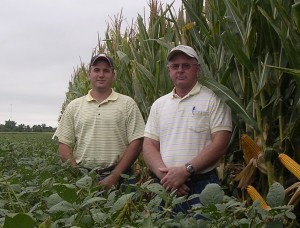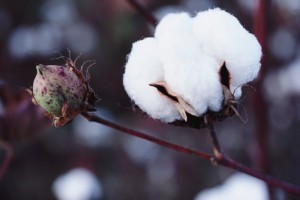Drip Irrigation Efficiency for Conserving Water
Drip irrigation has enabled farmers, nurserymen, and landscapers to conserve water for decades. This is primarily because, in contrast to gravity or sprinkler irrigation, drip irrigation efficiency and technology applies water slowly and directly to the targeted plant’s root zone. In addition, drip irrigation technology has extremely high application uniformity, even when pressures vary from […]
Drip Irrigation Efficiency for Conserving Water Read More »

 Last week, we blogged about a free webinar produced by the Grange Network called “
Last week, we blogged about a free webinar produced by the Grange Network called “ Five-bale cotton yields would impress anybody. So when West Texas Cotton Farmer, William Carlton, averaged 2,575 pounds-per acre (five bales) on his 40-acre field with
Five-bale cotton yields would impress anybody. So when West Texas Cotton Farmer, William Carlton, averaged 2,575 pounds-per acre (five bales) on his 40-acre field with